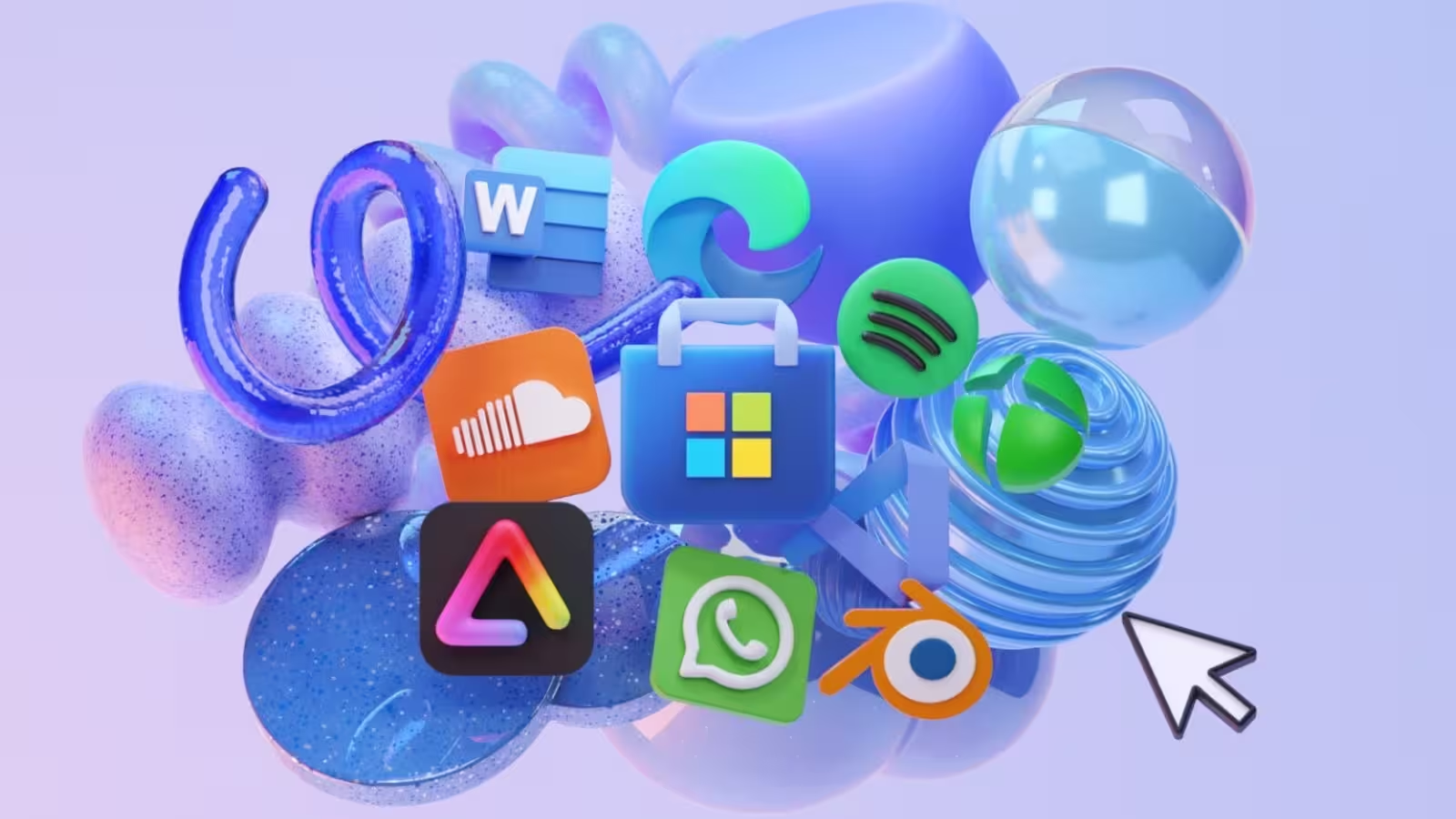3 Minutes
Microsoft tightens control over Microsoft Store app updates
The Microsoft Store on Windows 10 and Windows 11 recently picked up several meaningful improvements — from visible "last updated" timestamps and smarter recommendations to deepened Windows integration. Those enhancements have encouraged more users to install apps from the Store and enticed developers, especially after Microsoft eliminated the individual developer entry fee. But a recent change to update controls may frustrate users who prefer to manage app updates manually.
What changed in update settings?
Microsoft has removed the ability to permanently turn off automatic app updates in the Microsoft Store. You can still pause updates, but only for a limited time. When you pause Store updates, you're now required to choose when automatic updates will resume — with options ranging from one to five weeks — and the Store will then install all pending app updates automatically.
How this compares to Windows update behavior
This temporary-pause approach mirrors how Windows 10 and Windows 11 handle operating system updates: you can delay updates for a short period, but ultimately the OS forces downloads and installations. The rationale is the same — security and reliability.
Why Microsoft is enforcing automatic updates
Microsoft's priority is security. Running outdated apps or system components increases exposure to vulnerabilities and compatibility problems. By limiting how long updates can be deferred, Microsoft aims to reduce attack surface, ensure users run supported software, and deliver a more consistent experience across devices. The company applied the same logic recently when it refreshed inbox apps on clean Windows 11 24H2 installs to avoid shipping obsolete software.
Product features and developer impact
- Product features: visible app update timestamps, improved recommendations, tighter OS integration, and simplified developer onboarding.
- Developer impact: more users and lower barriers (no individual entry fee) make the Store more attractive, which in turn increases app availability and ecosystem health.
Advantages of enforced updates
- Better security posture for users and enterprises
- Fewer compatibility and fragmentation issues for developers
- More consistent baseline for support and telemetry
Use cases and workarounds
For most end users and corporate devices, enforced updates help maintain security and stability. Power users who require strict control over app versions can still sideload or install apps outside the Microsoft Store, or use enterprise deployment tools for managed environments.
Market relevance and what’s next
This policy shift aligns with broader industry trends toward managed, secure update pipelines. Microsoft also plans additional changes in Windows 11 version 25H2, promising more granular controls over built-in apps and the Store itself — a likely concession to enterprise and pro users who want more update governance.
Overall, the Store’s tighter update policy reinforces security and developer adoption, but it nudges power users toward alternative distribution or administrative deployment approaches if they need permanent control over application versions.
Source: neowin


Leave a Comment